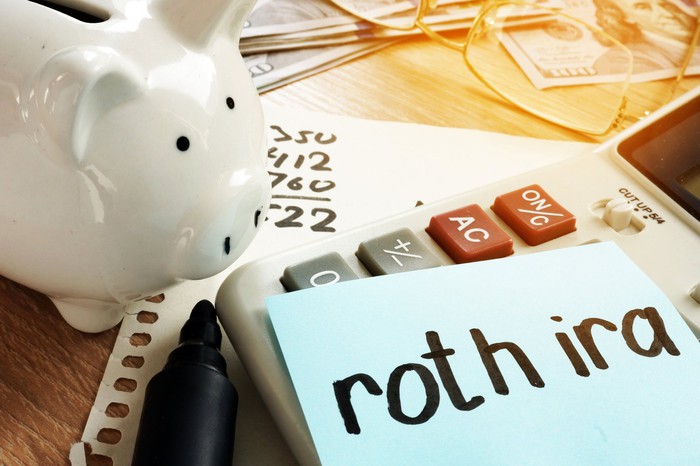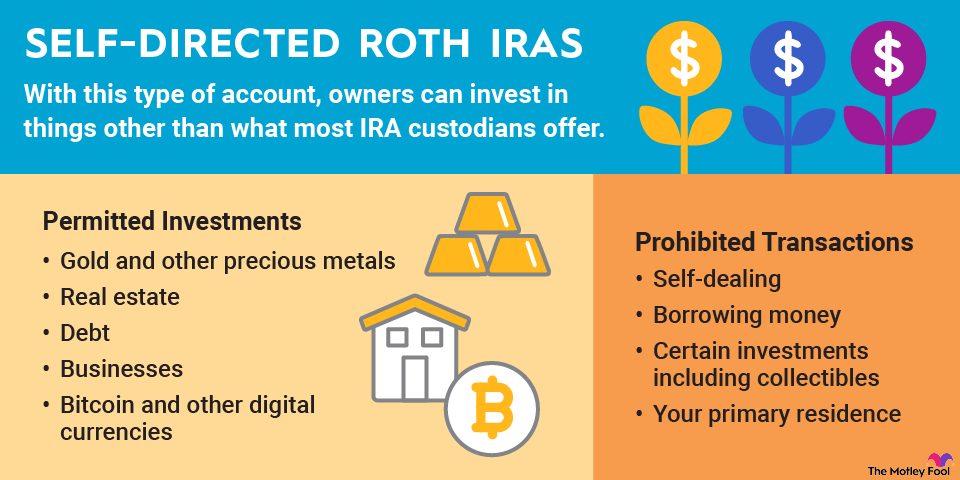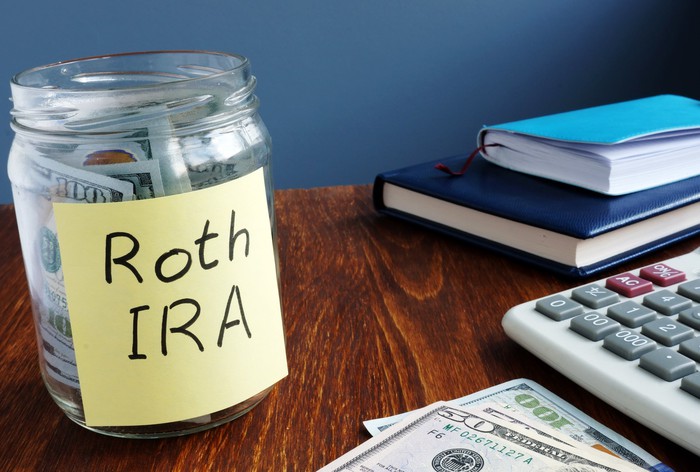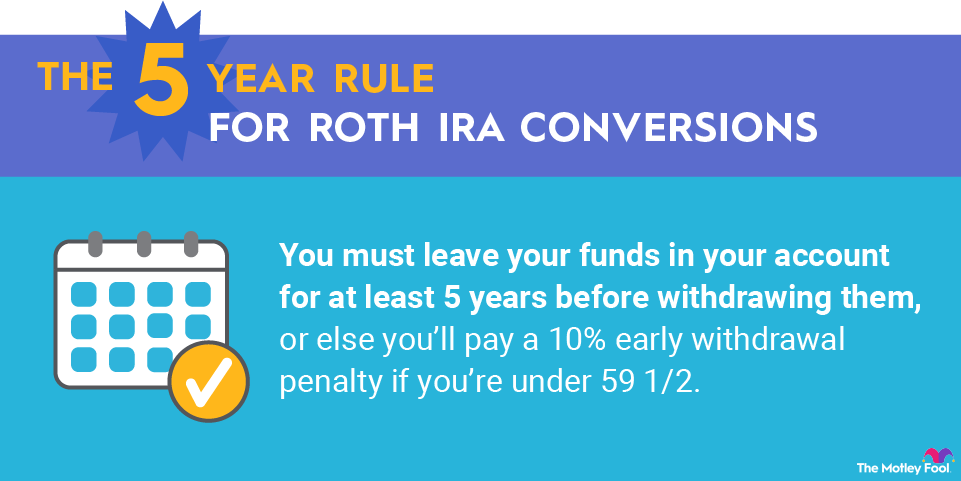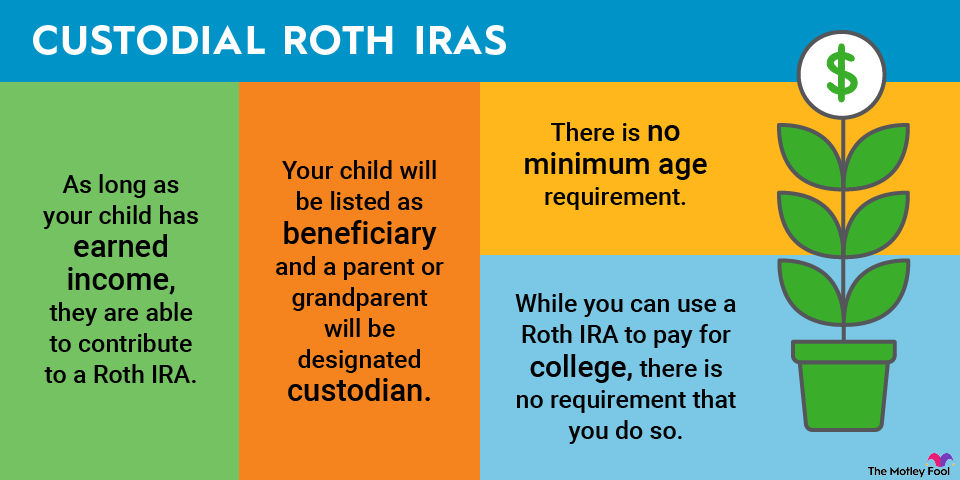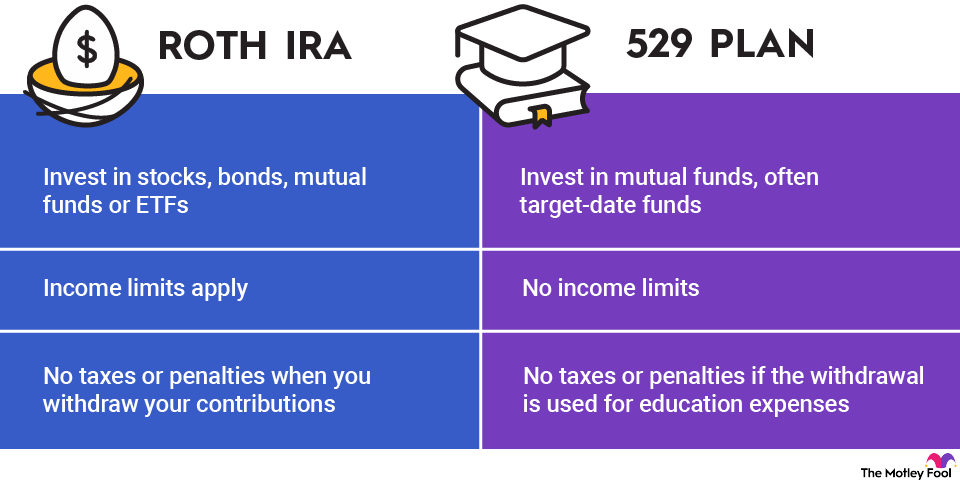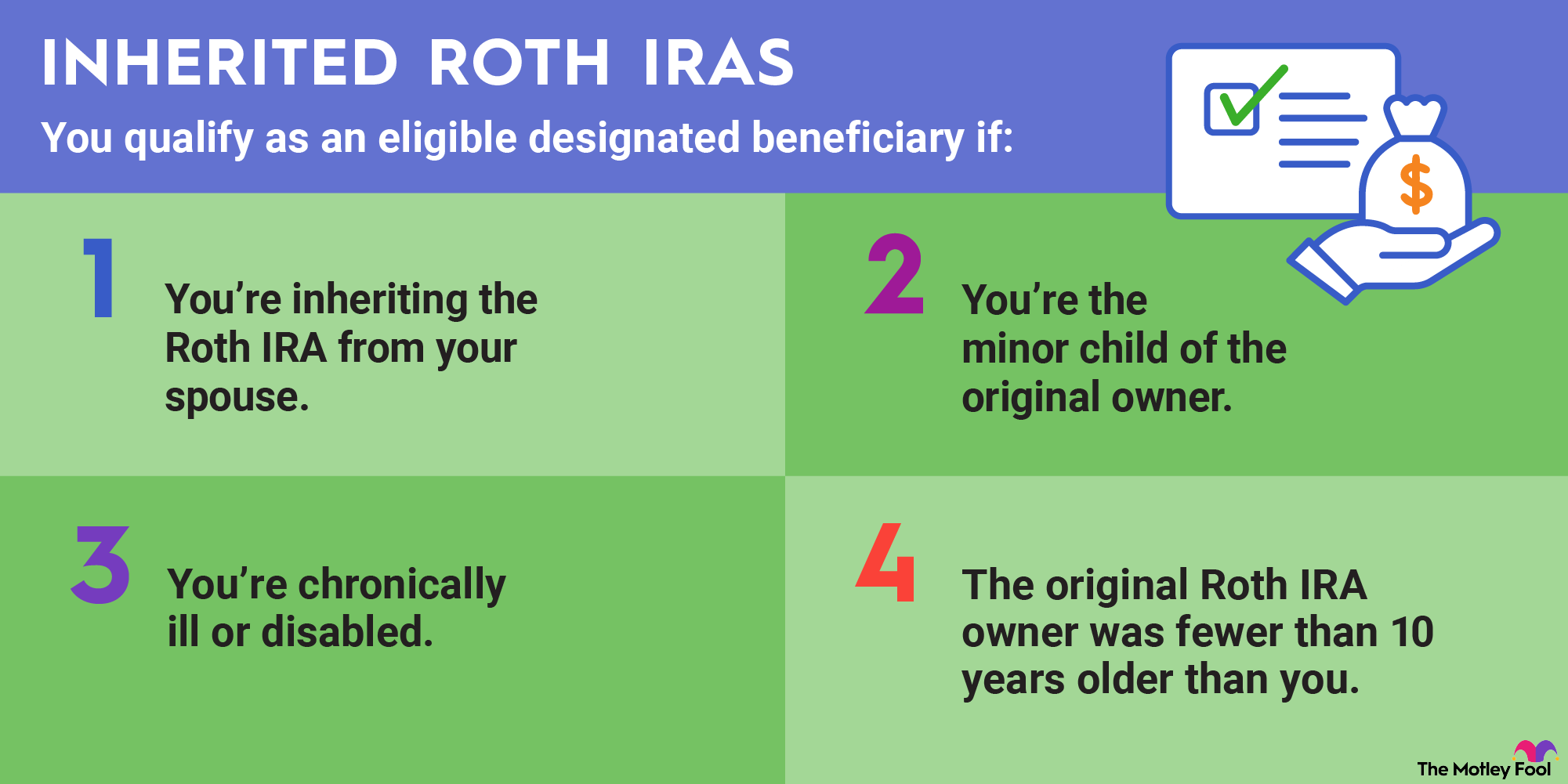A backdoor Roth IRA is a strategy that allows you to contribute to a Roth IRA even when you exceed the income limits. Roth IRAs are an excellent way to set yourself up for years of tax-free income in retirement, but high earners can't contribute directly. That's where the backdoor Roth strategy comes in.

How a backdoor Roth IRA works
Although there are income limits on Roth IRA contributions, there aren't any limits on Roth conversions. You can earn as much as you want and still convert a traditional IRA to a Roth.
A backdoor Roth IRA is a retirement savings strategy whereby you make a contribution to a traditional IRA, which anyone is allowed to do, and then immediately convert the account to a Roth IRA.
First, let's take a step back and see if you can contribute to a Roth IRA directly.
To contribute directly to a Roth IRA, your modified adjusted gross income (MAGI) must be under the limit for your tax filing status. If your income is above a defined upper limit, also known as the phase-out limit, then you can't contribute to a Roth IRA at all. Within a range just below that upper limit, only partial Roth IRA contributions are allowed. The IRS sets these limits each year.
Roth IRA contribution limits for 2025 and 2026
The table below provides the Roth IRA income limits by tax filing status for 2025 and 2026. If your income is above the phase-out limit, you're out of luck for making a direct Roth contribution. But you can still make a contribution to a traditional IRA, and that's where the backdoor Roth strategy comes in.
Tax filing status | Maximum MAGI for full Roth contribution | Maximum MAGI for partial Roth contribution |
|---|---|---|
Single, head of household, or married filing separately IF you didn't live with your spouse during the year | $150,000 (2025); $153,000 (2026) | $165,000 (2025); $168,000 (2026) |
Married filing jointly or qualifying widow or widower | $236,000 (2025); $242,000 (2026) | $246,000 (2025); $252,000 (2026) |
Married filing separately IF you lived with your spouse at any point during the year | $0 | $10,000 |
Backdoor Roth IRA contribution limit
The IRA contribution limit is $7,000 in 2025 or $8,000 if you're 50 or older. The 2026 limit is $7,500 if you're under 50 and $8,600 if you're 50 or older. If you want to open an IRA and use the backdoor IRA method to convert the account to a Roth IRA, that's the maximum you can contribute per year.
It's worth noting that you can make IRA contributions until the tax deadline, so if you make your contribution after New Year's Day, you can effectively make two years' worth of contributions at once.
Backdoor Roth IRA taxes
When you convert a traditional IRA to a Roth IRA, you'll owe taxes on any amount that was previously tax-deductible.
Let's say you contribute $5,000 to a traditional IRA and claim it as a deduction on your tax return. A year later, you convert the account to a Roth IRA. The entire value of the account (even if it now exceeds $5,000) would be considered taxable income for the year you made the conversion.
You can avoid taxes if you make a nondeductible traditional IRA contribution and immediately convert it to a Roth IRA. Since you've already paid income taxes on the contribution, the conversion isn't taxable income.
However, if you have multiple traditional IRA accounts, the situation becomes more complicated. In this case, the pro-rata rule applies. Here's how it works:
- You can't choose to convert only nondeductible contributions to a Roth IRA.
- The IRS treats all traditional IRAs as one combined account.
- The portion of the conversion subject to income taxes is based on the ratio of deductible to nondeductible assets in all your IRAs.
If you have extensive retirement assets in deductible traditional IRAs, a backdoor Roth may not be the right move due to the taxes involved.
How to do a backdoor Roth IRA conversion
Here are the steps for the backdoor Roth IRA method:
- Contribute money to a traditional IRA account, making sure your brokerage offers Roth conversions (most do).
- Convert the account to a Roth IRA. This typically just involves a short form, which your brokerage can provide and process.
- Pay any applicable taxes. You have until the tax deadline for the year in which the conversion was made to pay any applicable taxes on the converted account.
If you have a lot of traditional IRA funds you want to convert, but you don't want to pay the taxes all at once, most brokerages will allow you to make the conversion over a period of several years.
Related retirement topics
Should I do a backdoor Roth IRA?
The backdoor Roth strategy can be valuable when you want the benefits of a Roth IRA, but you make too much to contribute directly. You won't need to worry about taxes on your withdrawals in retirement, and Roth IRAs also don't have required minimum distributions (RMDs) anymore.
Another benefit is that you can withdraw contributions to your Roth IRA tax-free and penalty-free whenever you want. The early withdrawal penalty only applies to earnings on your investments, not contributions. Note that each Roth conversion has a five-year holding period before you can make penalty-free withdrawals.
Although Roth IRAs have valuable perks, so do traditional IRAs. If you're in a relatively high tax bracket right now and you qualify for the traditional IRA tax deduction, a traditional IRA might make more sense to reduce your taxable income right now.
Just because everyone can use the backdoor method of contributing to a Roth IRA doesn't mean that everyone should. Before you start the process, make sure it's truly the best move for your retirement strategy.

